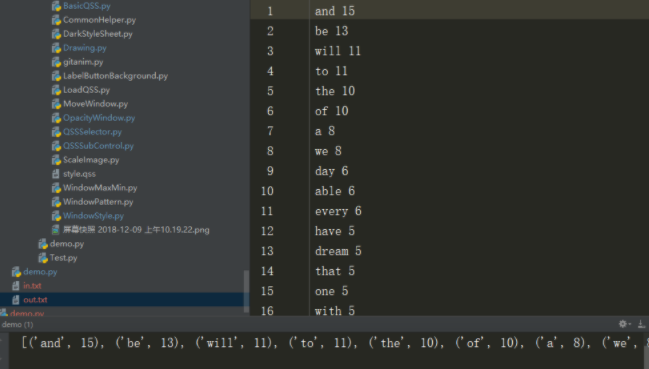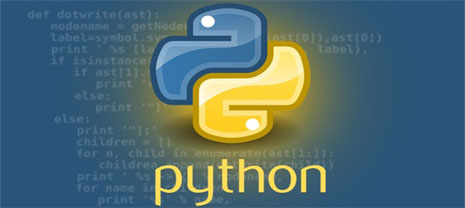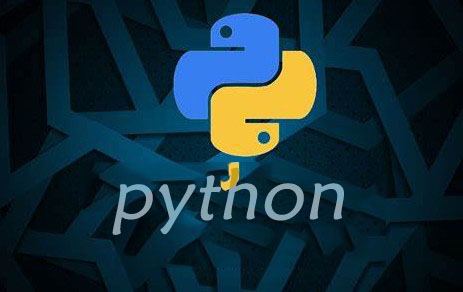利用语句有:input和print语句
关于Input代码演示:
name = input('your name:')
gender = input('you are a boy?(y/n)')
###### 输入 ######
your name:Jack
you are a boy?
welcome_str = 'Welcome to the matrix {prefix} {name}.'
welcome_dic = {
'prefix': 'Mr.' if gender == 'y' else 'Mrs',
'name': name
}
print('authorizing...')
print(welcome_str.format(**welcome_dic))
########## 输出 ##########
authorizing...
Welcome to the matrix Mr. Jack.input函数暂停运行,等待键盘输入,直到按下回车,输入的类型永远是字符串
a = input()
1
b = input()
2
print('a + b = {}'.format(a + b))
########## 输出 ##############
a + b = 12
print('type of a is {}, type of b is {}'.format(type(a), type(b)))
########## 输出 ##############
type of a is <class 'str'>, type of b is <class 'str'>
print('a + b = {}'.format(int(a) + int(b)))
########## 输出 ##############
a + b = 3文件输入和输出
生产级别的 Python 代码,大部分 I/O 则来自于文件,这里有个in.text:
Mr. Johnson had never been up in an aerophane before and he had read a lot about air accidents, so one day when a friend offered to take him for a ride in his own small phane, Mr. Johnson was very worried about accepting. Finally, however, his friend persuaded him that it was very safe, and Mr. Johnson boarded the plane. His friend started the engine and began to taxi onto the runway of the airport. Mr. Johnson had heard that the most dangerous part of a flight were the take-off and the landing, so he was extremely frightened and closed his eyes. After a minute or two he opened them again, looked out of the window of the plane, and said to his friend。 "Look at those people down there. They look as small as ants, don't they?" "Those are ants," answered his friend. "We're still on the ground."
现在读取文件:
去掉所有标点和换行符,将大写变为小写
合并相同的词,统计每个词出现的频率,将词频从大到小排序
将结果按行输出文件out.txt
import re
# 你不用太关心这个函数
def parse(text):
# 使用正则表达式去除标点符号和换行符
text = re.sub(r'[^\w ]', '', text)
# 转为小写
text = text.lower()
# 生成所有单词的列表
word_list = text.split(' ')
# 去除空白单词
word_list = filter(None, word_list)
# 生成单词和词频的字典
word_cnt = {}
for word in word_list:
if word not in word_cnt:
word_cnt[word] = 0
word_cnt[word] += 1
# 按照词频排序
sorted_word_cnt = sorted(word_cnt.items(), key=lambda kv: kv[1], reverse=True)
return sorted_word_cnt
with open('in.txt', 'r') as fin:
text = fin.read()
word_and_freq = parse(text)
with open('out.txt', 'w') as fout:
for word, freq in word_and_freq:
fout.write('{} {}\n'.format(word, freq))
########## 输出 (省略较长的中间结果) ##########
大家也可以根据上面代码教学,套用尝试下哦~如需更多python实用知识,点击进入PyThon学习网教学中心。










